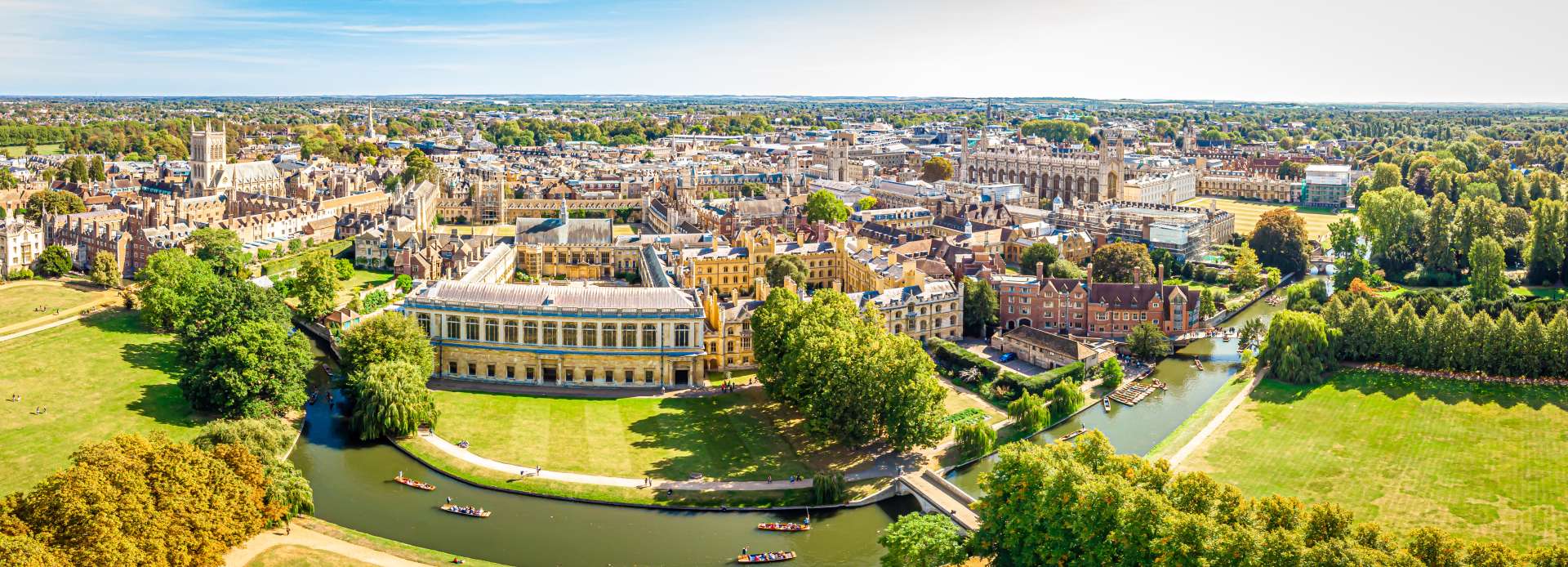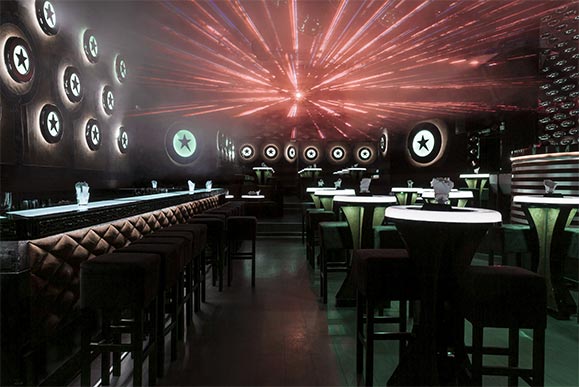
Churchill War Rooms: London’s WWII Bunker Museum
Step Inside the Secret Bunkers That Won the War Clive Steps, King Charles Street, Westminster, London SW1A 2AQ
Specification
Outdoor SeatingVisit the Churchill War Rooms London
Ever wondered where Britain’s leaders directed the fight for freedom during World War II? The Churchill War Rooms, hidden beneath the streets of Westminster, reveal the underground nerve centre where Winston Churchill and his team planned victory.
Preserved exactly as they were left in 1945, these rooms bring history to life — from tense war meetings to personal moments in Britain’s darkest days.
Beneath the Streets of History
The War Rooms were built in 1938, as war in Europe loomed. Deep under government offices near Whitehall, this top-secret bunker became home to the Cabinet War Rooms — a network of offices, map rooms, and living quarters where key decisions were made throughout World War II.
When you walk the narrow corridors today, everything looks as it did at the war’s end. Telephones, typewriters, and maps remain frozen in time, giving visitors a rare glimpse of how the war was fought behind closed doors.
What to See
The Cabinet Room
This was the heart of Britain’s wartime government. Here, Churchill and his ministers met to coordinate military strategy and respond to global events. The original furniture, microphones, and war charts are still in place, as if the Prime Minister might walk in at any moment.
The Map Room
One of the most fascinating spaces, the Map Room was manned 24 hours a day by officers from the Army, Navy, and Air Force. Maps showing troop movements and battlefronts line the walls, with coloured pins still marking their last wartime positions.
Churchill’s Bedroom and Office
Churchill occasionally slept underground during air raids, using a small bedroom that doubled as a private office and radio broadcast studio. Visitors can see his bed, personal belongings, and the microphone he used to address the nation
The Churchill Museum
Alongside the historic bunker lies the Churchill Museum, dedicated entirely to the life and legacy of Winston Churchill. Through films, artefacts, and interactive displays, you can follow his journey from young officer to wartime leader and Nobel Prize-winning writer.
Highlights include:
Original documents and handwritten notes.
Churchill’s personal letters and photographs.
Audio recordings of his most famous speeches.
The museum offers a balanced view of Churchill’s complex character — both the strategist and the man behind the legend.
A Living Time Capsule
What makes the Churchill War Rooms so special is their authenticity. When the war ended in 1945, staff simply turned off the lights and locked the doors. Everything — from pencils and ashtrays to wall maps — was left untouched for decades.
Today, that sense of immediacy remains. As you move from room to room, you can almost hear the buzz of telephones and the hum of typewriters. It’s an immersive step back into one of history’s most critical moments.
Things to Do Nearby
Located in the heart of Westminster, the War Rooms are surrounded by major landmarks:
10 Downing Street – The Prime Minister’s official residence.
Westminster Abbey – Coronation church of British monarchs.
Houses of Parliament and Big Ben – Iconic symbols of British democracy.
St James’s Park – A peaceful green space ideal for reflection after your visit.
Banqueting House Whitehall – Another key site in Britain’s political and royal history.
Plan Your Visit
Managed by: Imperial War Museums (IWM)
Entry: Paid admission; advance booking recommended.
Location: Clive Steps, King Charles Street, Westminster, London SW1A 2AQ.
Transport: Nearest stations – Westminster or St James’s Park.
Opening Hours: Daily, 9:30am–6pm.
Facilities: Café, gift shop, restrooms, and full accessibility.
Audio guides are available in multiple languages, offering deeper insight into each room and story.
For more information, please visit Official Churchill War Rooms website
Why Visit the Churchill War Rooms?
The Churchill War Rooms London aren’t just a museum — they’re a time capsule of leadership, courage, and resilience. Every desk, map, and pencil tells a story of determination under pressure.
Whether you’re passionate about history, politics, or human perseverance, this is one of London’s most unforgettable heritage sites.
Step underground and discover the secret world where Britain’s wartime victory was planned.





No Reviews